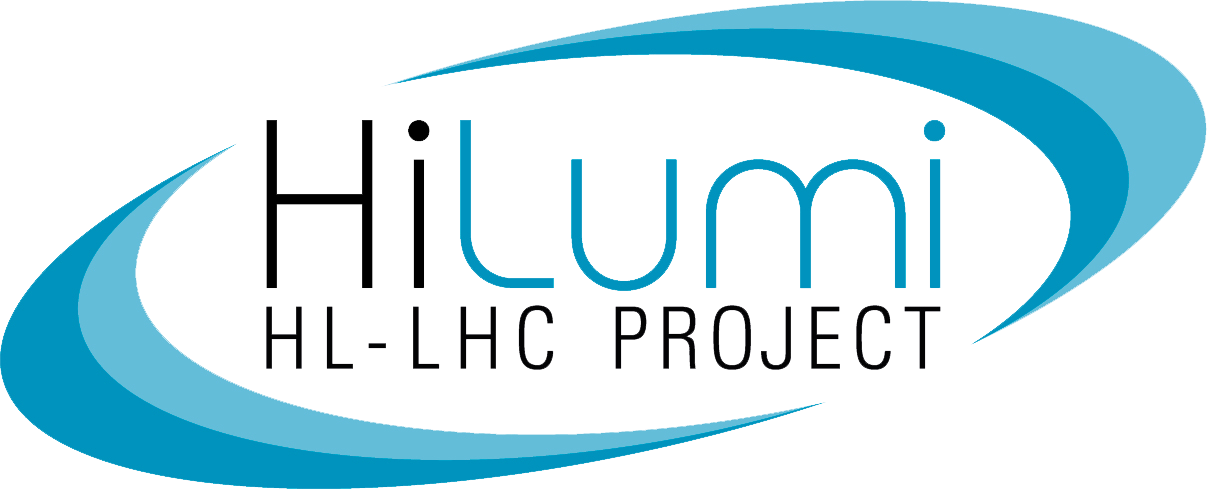There has been sustained international effort and good progress on the HL-LHC magnet front. The production of the interaction region magnets is progressing well, and prototyping and production of the NbTi magnets have passed through critical phases. The INFN twin aperture D2 separation-recombination dipole prototype has been integrated in the cold mass at CERN and tested horizontal, while the D1 prototype has been tested vertical at KEK and is expected to arrive at CERN in March 2023 for the final horizontal test.
Good progress has also been made towards mastering the major challenges of the high-field Nb3Sn inner triplet quadrupoles (MQXF). Six out of the eight US-made MQXFA magnets have reached performance requirements. The first prototypes of the CERN-produced MQXFB exhibited performance limitations below nominal current, but a three-stage programme was put in place to address the root causes and the final prototype and first series magnet both reached the target current following the staged deployment of the first two phases of the programme.
The workshop also included a look forward to the huge amount of work to be done in preparation for and during LS3. The pre-LS3 period will include the production and testing of key HL components in SM18 and full-scale testing of interaction region magnets and associated systems at the inner triplet (IT) string. Besides the HL-LHC work, LS3 will see the implementation of major new CO2 cooling systems in ATLAS and CMS, and phase one of a major consolidation programme for the North Area. The overall coordination of the integrated programme will be a challenge, and detailed planning is already under way.
Complete article: link

